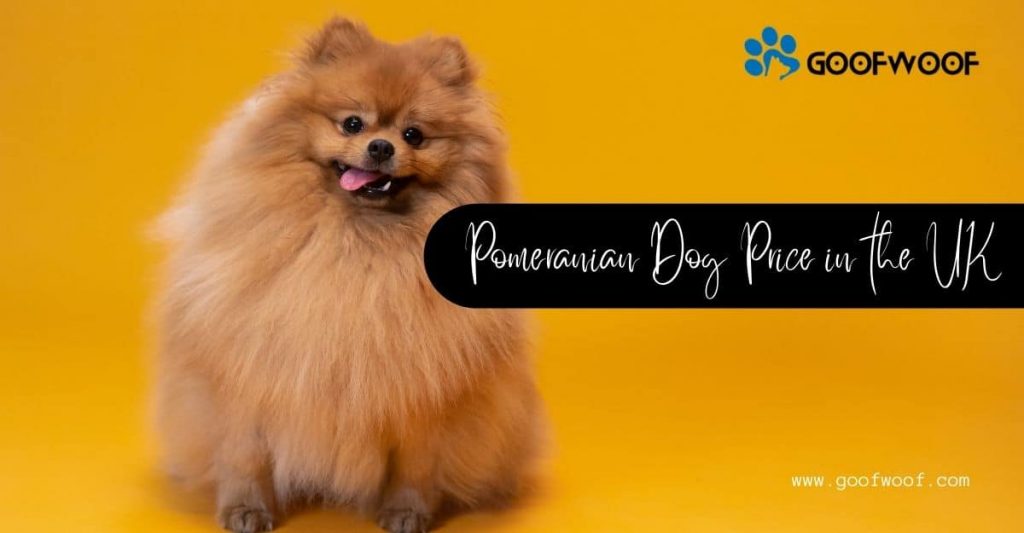Poodles are the darling of dog shows. They have a curly coat and a perky personality that make them the perfect addition to any family. However, poodles aren’t cheap! Poodles are a type of dog that can be very expensive to buy.
The poodle is a breed of dog that comes in three varieties: standard, miniature and toy. The size distinction among these dogs comes from their heritage. The Standard Poodles are the oldest type of poodles. They are larger than Miniature and Toy Poodles. There are also differences in their coats: the Standard Poodle’s coat is curly and dense, while Miniature and Toy Poodles have smooth coats that require little grooming time.

What is the average price of a Poodle in the UK?
The average price for a poodle dog is £2,000. This can vary depending on the age, breed and size of your poodle. The price of poodles in the UK varies according to each breeder and previous buyers. Breeders may charge more for a poodle that is a particular colour or has a specific type of coat, and they may also charge more for a poodle that is a particular size.
Poodles can be expensive if you are looking at buying from an established breeder, but there are ways to save money on your purchase. If you have time and patience, searching through classified ads online is one way of getting yourself a bargain.
Factors affecting the price of Poodle
The price of a poodle will depend on several factors, including:
1. Breed type
Poodles come in toy, miniature, and standard sizes. Toy poodles are the smallest, while standard poodles are the largest.
2. Age of the dog
Dogs that are younger than one year old will cost more than those who are older than one year old because they’re still considered puppies until they reach this age (and puppies generally cost more).
3. Size of the dog
Some people prefer smaller dogs over larger ones and vice versa—and some people don’t mind either way! So if you want a big-sized dog but your friend wants a small-sized one well it’s gonna cost ya! If both parties can agree on which size works best for them then that may help keep costs low since neither party would need to compromise or buy something different than what they were originally looking for!
Expenses covered in raising a Poodle in the UK
Costs can vary depending on where you live and who you go through for these services. Here’s some examples of what you may want to consider purchasing:
1. Food cost
The average cost for food for a poodle is £10 per month, or £120 per year.
You should consider this figure to be the bare minimum, as you will need to provide more food if your dog is very active or on weight-gain diet.
It’s also important to note that this figure represents an average for all types of dog foods, so if your pooch has specific dietary requirements (e.g., allergies), you may have to pay more than this amount.
2. Toys cost
Poodles are very playful, so toys are definitely a part of the cost. If you’re not sure what kind of toy to buy, it’s best to get one that will keep your poodle occupied and entertained while you’re out running errands or doing work around the house. You want something fun for your dog to play with, but also something safe—toys with small parts should be avoided as they can be chewed off and swallowed by your pooch. It is also important that any toys do not have squeakers inside because these can come loose over time and be very dangerous for your pet if ingested.
3. Bathing cost
The frequency of bathing depends on the hair type of your dog and its lifestyle, so you may have to bathe your dog more often if it gets dirty faster or plays outside in mud frequently. If you have time, it’s best to wash your dog with shampoo and conditioner every three weeks instead of bathing it weekly with soap. It’s also important to dry off your poodle thoroughly after washing it so that it doesn’t get sick from staying wet too long!
4. Medicine cost
The cost of a poodle’s medication is based on the type of medicine and the frequency of use. It’s also affected by where you live and whether or not your dog is insured.
The best way to get an accurate idea of what it will cost you to treat your dog’s health issues is to speak with a veterinarian. They’ll be able to give you an estimate based on your pet’s specific needs that day, as well as any other factors that may affect the bill .
FAQs
1. How much does a poodle weigh?
Poodles are medium-sized dogs, with males weighing between 14 and 18 pounds and females weighing 13 to 16 pounds.
2. Are poodles smart?
Yes! Poodles are very intelligent and trainable. They are also very eager to please their owners, which makes them easy to train. Poodles excel in obedience competition because of their intelligence and desire to please their owners.
3. Do poodles shed?
Yes! A poodle is a “non-shedding” dog breed, but they do shed some hair throughout the year. Many people think that a non-shedding dog means no hair loss at all, but this isn’t true. When you get a poodle puppy, you will see lots of fur on your furniture, clothes and shoes for about 6 months until the puppy matures into an adult dog with less shedding than when he was younger.
4. Are Poodles good with children?
A: Yes, they are great with kids. Just like most dogs, they can be protective of their family, but they are not aggressive dogs by nature. They love spending time with children and get along great with other animals too!
5. Are Poodles good guard dogs?
No, they are not guard dogs because they are very friendly and approachable by nature. However, if there is an intruder in your home, don’t expect your Poodle to bark or bite – he is more likely to lick the intruder than anything else!
6. What kind of personality does the poodle have?
Poodles are very intelligent, playful and energetic dogs that love being part of the family.
7. Are Poodles easy to train?
Poodles are highly intelligent dogs and easy to train as long as you have a consistent approach to training and follow through with your commands. They respond well to positive reinforcement and enjoy learning new things! You’ll need to be patient though; teaching a poodle new tricks can take longer than other breeds because they tend to be more stubborn than other dogs when it comes time for training or obedience lessons.



